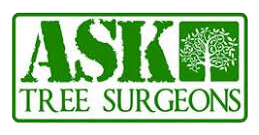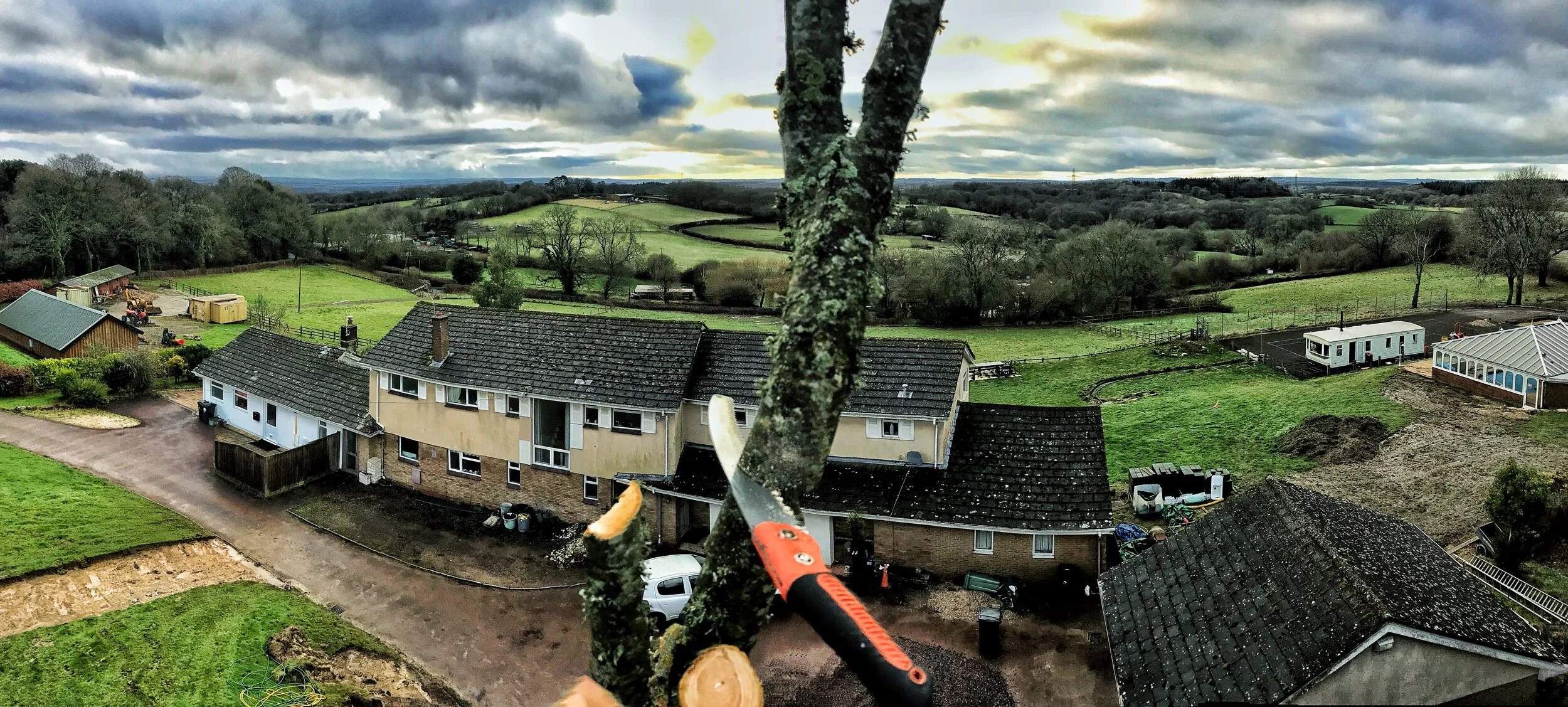Tree Pruning service
Crown thinning
Crown thinning is usually carried out to allow more light to pass through the tree, without affecting the general shape of the tree. This involves removing selective branches from the overall canopy and reducing the density of the canopy. Depending on the species of tree, and the amount the tree has been pruned in the past, there can be a build up of epicormic growth (small wispy growth that usually grows on the main stem of the tree). If this is the case then just removing this growth alone can make a drastic change to the appearance of the tree and the amount of light that passes through the canopy.
Crown Raising
This would involve removing the lower branches of the tree’s canopy. Crown raising can be done for a number or reasons, whether it’s allowing clearance over highways or footpaths, or allowing more light/sky light to pass under the tree, or even just to help balance the canopy of the tree. This can be very minor work but can make a big difference to the appearance of the tree, as well as the trees surroundings.
Clearance pruning
Sometimes trees are either planted in the wrong location, or something is built or erected near a tree, which in time becomes an issue due to the natural growth of the tree. When pruning to allow clearance, the least amount of cuts is preferable as this means the shape of the tree isn’t affected as much. It’s also good to do the correct pruning to help influence new growth to grow away for the building or object. BT and power line clearances are usually very common reasons why clearance pruning would be needed.
Tree Pollarding
This is usually carried out when a tree is too large for the location and just reducing the tree alone isn’t an option. Once a tree has been pollarded, it should then be re-pollarded every 2-3 years depending on the amount of growth. A pollarded tree “goes into shock” and kicks out a large number of small shoots which tend to grown much faster than a tree’s natural growth. This is because the tree goes into survival mode to get as much leaf back out as fast as possible. Due to this rapid growth, the wood and union are both not as strong as the natural tree and this is why it is recommended to re-pollard the tree. Tree pollarding can also be used when a tree appears to be struggling, diseased or in decline, as the tree will go into shock and kick out new potentially healthier growth.
Fruit tree pruning
It is recommended to stay on top of your fruit trees as this both maintains the health of the tree, as well as helping it provide better fruit. The pruning would involve selective cuts round the tree, or reducing thin and long branches that can potentially snap when the tree is baring fruit. Removing crossing and rubbing branches is recommend as this will reduce any chance of disease. All fruit trees older than 5 years old should ideally be pruned yearly.



